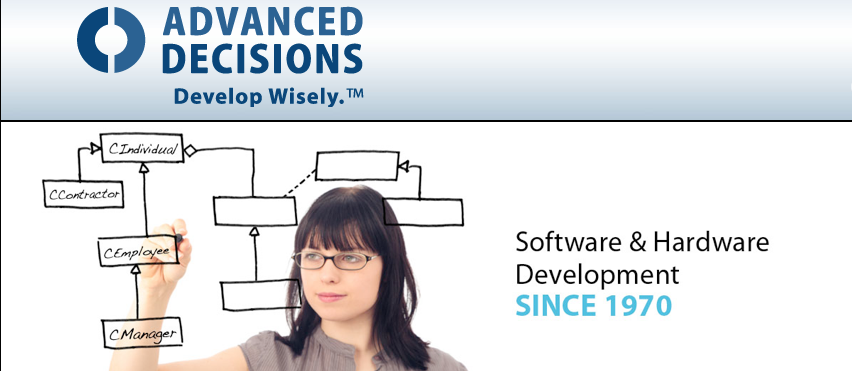I imagine that for you, as for me, changing to a new firmware development platform is a serious undertaking.
We have all used plenty of development platforms and software development kits (SDKs) from various manufacturers in our careers--and since most of them share a great degree of commonality, we are comfortable with changing to a new embedded development platform. However, I find that the significant challenge lies in discovery of the differences between what we have used and are familiar with and the nuances of the new platform.
Changing to a different development platform is typically accompanied by a change in chip family and / or manufacturer. I find that truly mastering the new platform involves both reading through the reference materials while working with the new tool kit. (For application programmers, the creation of the ubiquitous "Hello World" software program is still the typical starting point.)
But embedded programmers face a different set of challenges. We actually have to get the hardware working first for any software to run (i.e. the Board Support Package (BSP) and the accompanying evaluation board).
In many embedded development projects, product hardware is designed and developed in parallel with the new firmware. Since the product hardware is usually based upon reference designs from the chip manufacturer, making sure the SDK's board support package works properly with the manufacturer's evaluation board is a natural first step.
I start by installing the SDK on my development computer, getting it operational and integrating it with the source control program that I plan to use. Since a typical microprocessor or microcontroller can be configured in so many ways I focus on modifying the BSP to get the evaluation board operational as close to the final product configuration as possible. Once I can demonstrate that I can configure the BSP to control the evaluation board specific hardware (e.g. LEDs blinking, testing memory, exercising I/O, and communication via USB, Bluetooth, RS232 or LAN) then I am ready to turn my attention to developing the product firmware. Often the initial firmware evolves to the boot-up diagnostic software for the embedded product.
What tips or process do you suggest when transitioning to a new embedded development platform?
-Gary

No comments:
Post a Comment